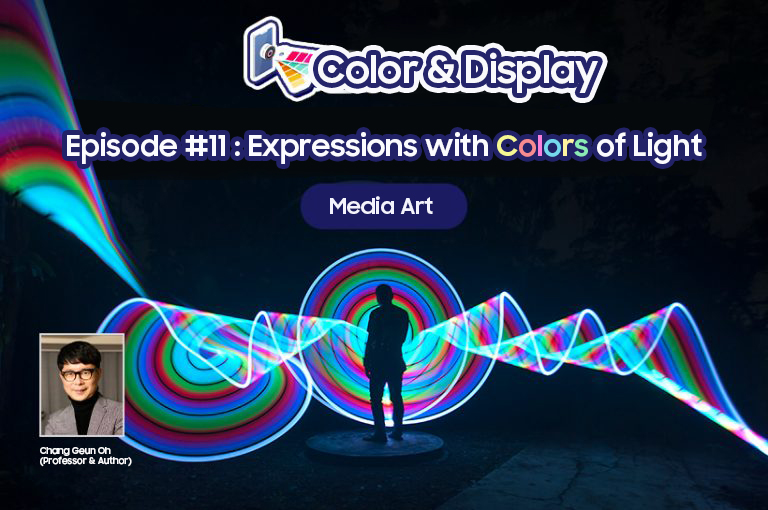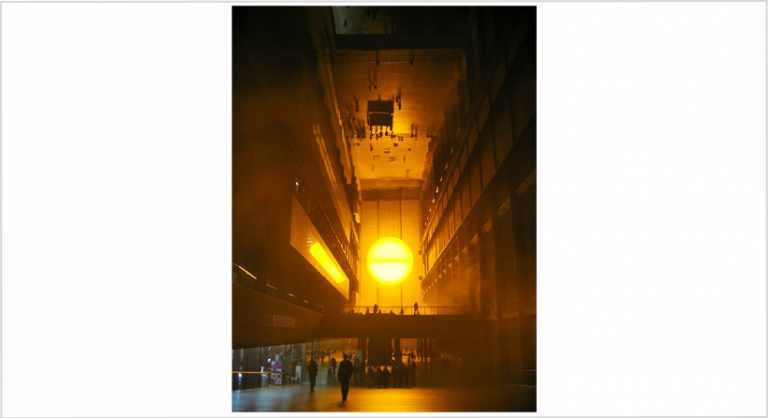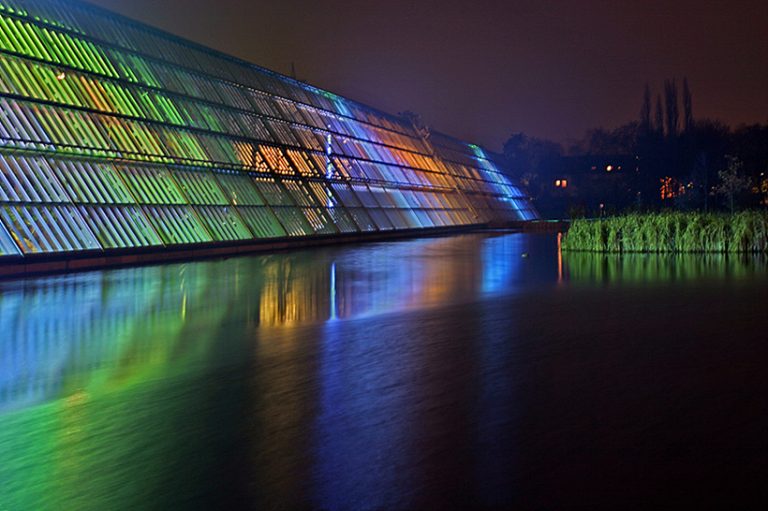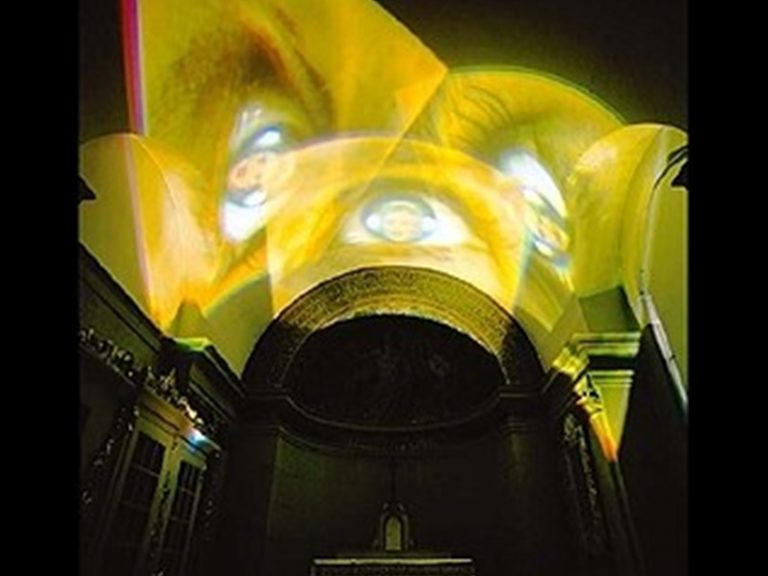
Study of the artificial sun, 'KSTAR' developed by a Korean research team, is drawing attention as the next-generation energy source. The artificial sun is a technology that generates ultra-high heat by leveraging the nuclear fusion process. The sun - the source of light and heat we enjoy on Earth - maintains its energy through nuclear fusion reactions. Under the tremendous pressure and high sun heat of 15 million degrees Celsius, hydrogen is converted to helium — a process that releases enormous amounts of heat and light energy. This process cannot be reproduced on Earth in the same conditions as the actual sun. As the level of pressure on Earth is less than that of the sun, the temperature must be maintained at approximately 100 million degrees Celsius to kickstart nuclear fusion, where hydrogen atoms fuse together.
Increasing the temperature to 100 million degrees Celsius on Earth is nothing short of a miracle. For instance, the highest temperature reached by magma found beneath the surface of the Earth is around 1,400 degrees Celsius. In comparison, the temperature of a blast furnace used for smelting ore to extract metals can only go as high as 1,500 degrees Celsius. No metal available on Earth can hold something that is 100 million degrees Celsius, and the metal would melt. That is why nuclear fusion on Earth requires a technology that uses superconducting magnets to create a magnetic field to confine plasma of high temperature to prevent the heat from contacting the surface of the reactor. While other countries could hold 100 million degrees Celsius plasma for about seven seconds, Korea was the first to reach 30 seconds. Diverters, used to remove waste material created in the process of nuclear fusion, have so far been made of carbon. Still, Korea's research team plans to replace the material with tungsten to enhance the diverter's performance. We may one day be able to see the artificial sun created by nuclear fusion.
Scientists are not the only ones on the mission to create the artificial sun. In 2003, the world-renowned Icelandic artist Olafur Eliasson held an installation exhibition titled The Weather Project, where an artificial sun was created and suspended at Tate Modern in London, U.K. In the Tribune Hall - which has the highest ceiling in the art gallery - visitors of the gallery sunbathed underneath the artificial sunlight by either sitting or lying down the same way as they would beneath the natural sun outdoors. The artificial sun created for this exhibition was, in fact, only semi-circular, and it was made to take a spheric form through the reflection of an overhead mirror. Artificial mist permeated the hall like fog, and the entire ceiling was covered in mirrors. Lighting up the semi-circle with a group of yellow lamps would allow the visitors lying down on the floor to see the complete, spherical shape of the artificial sun, along with their own reflections in the mirrors. Mesmerized by this installation, many visitors would wave their arms and legs or turn their heads to see the back of their heads. The exhibition was a sweeping success, attracting more than two million visitors, the majority of whom came back to the exhibition multiple times. This was a testament to how captivating the artificial sun was, which elevated Olafur Eliasson's reputation as "one of the century's most significant artists*."

(Source: Wikipedia, Michael Reeve)
Light Itself Becomes Art
Impressionist artists’ dedication to capturing the momentary changes in light with paint eventually culminated in the movement to use lights as part of artworks 100 years later. Rather than reproducing the natural light in paintings, light itself was brought into art galleries. American minimalist artist Dan Flavin was famous for fluorescent light sculpture installations. Flavin arranged white or colorful fluorescent light fixtures in a row for his works. Having studied painting and drawing at Columbia University in the late 1950s, Flavin started his career producing works of Abstract Expressionism, which was a popular genre of art at the time. He then began experimenting with assemblages created by empty cans he collected. Beginning in 1961, he started working on sculptures that used electric lights while working as a guard at the American Museum of Natural History. Not long afterward, he drew the attention of the art world with ‘Icons,’ an installation series that used fluorescent lights. Fluorescent lights that were lined up not only reflected then-popular minimalism but also offered a new experience to audiences exploring the unfamiliarity of light from the fluorescent light fixtures. Flavin continued to work as an artist around the world until he died in 1997. In the context of art history, Eliasson’s artificial sun is considered a continuation of the use of light as a medium in art production following Flavin’s installations. Flavin’s attempt at presenting light as an artwork still has a strong presence in art.

Nam June Paik, one of the most world-renowned artists that Korea has ever produced, is recognized as the Father of Video Art. Immediately after Korea’s independence from Japan, Paik went to Germany to study experimental music. In 1964, he held the world’s first exhibition that featured TVs as artworks at a small art gallery called Gallarie Parnass in Wuppertal, Germany. In 1984, twenty years after his exhibition at Gallarie Parnass, Paik introduced avant-garde video art to Korea with the first international satellite installation, “Good Morning, Mr. Orwell.” In the lead up to the Seoul Olympics, Paik reconnected strongly with his home country through his works, including “Bye Bye Kipling,” which linked major cities around the world through live satellite link-up, and “The More, The Better”, which stacked 1,003 TV monitors into a tower, exhibited at a circular hall of the National Museum of Modern and Contemporary Art in Gwacheon. Bill Viola, another highly acclaimed contemporary video artist, is often compared to Nam June Paik, but the spectacular moving images created by Paik through the video synthesizer he developed were clearly distinctive from the meditative works of other video artists. The moving images of Nam June Paik are psychedelic. The fast-changing images are often trapped or pushed by neon-colored lines. His works almost come across as a union of images and lights. Perhaps that is why his experiment with laser as a new medium that began in 1995 did not seem too sudden a change. After all, videos are mediums meant for capturing moving visuals - light changing over time.

Light Art in New Medias Beyond Art Frames
Moving images in displays, similar to paintings, are expressed in a frame. However, artists pursuing installations and performing arts attempted to break out traditional art frames, while those using LED video art created novel methods of framing artworks. Janne Parviainen, also known as JANNEPAINT, is a Finnish artist who started her career as a photographer but eventually created her unique art style of capturing LED light movements around her body in long-exposure photography. This form of art is dubbed light painting, and Pablo Picasso - the pioneer of Cubism - also created light drawings using a small electric light in 1949. Using light as a pen that draws art in mid-air, light drawing is different from any traditional paintings or videos. The artist must complete a piece of light painting in a matter of seconds before the camera shutter closes. It is similar to “one stroke painting,” a technique often employed in Asian paintings. While time is limited, space is not. Unlike the limitations of a physical canvas or monitor, the canvas for light painting is as wide as the space you use to move your arms and lights freely. The introduction of LED lights, as opposed to yellow light bulbs hanging from electrical wires, further expanded the possibilities of expression. A simple comparison between Picasso’s works to those of Parviainen demonstrates the critical difference.

(Source: lightpaintingphotography)
Korea also has media artists who experiment with LED lights to sculpt light and frame it beyond art canvases. Electrical lights that can control the primary colors of RGB have the advantage of creating consistent and repetitive expressions and can produce spectacular images thanks to their ability to reproduce a wide range of colors. In line with these attempts, outdoor displays, or billboards, are being transformed as a medium to expand artistic expressions beyond a two-dimensional surface. “Wave”, a media installation at COEX K-Pop Square in Samsung-dong, Seoul, captured the world's attention with its incredible scale and dynamic images. The massive LED screens at the top of the building have a curved edge to create a three-dimensional depth. In reality, there are only two screens, but the sense of depth added by the edge makes the screens look like a glass box with six sides.
While Renaissance artists created an illusion of depth in a two-dimensional space by employing perspective, Wave creates an illusion that transcends perspective with the massive, crashing wave that seems more physically natural than actual water, inspiring a sense of awe in the viewers. Monitor displays also have the potential to transform into moving worlds that come alive depending on how they are re-imagined within the frames. In fact, form factors of displays are already evolving as foldable display smartphones continue to gain immense popularity. Advancements in technology that create a wide variety of displays, such as foldable, rollable, or even 3D holograms, will broaden the horizons for the various light art forms in the near future.


